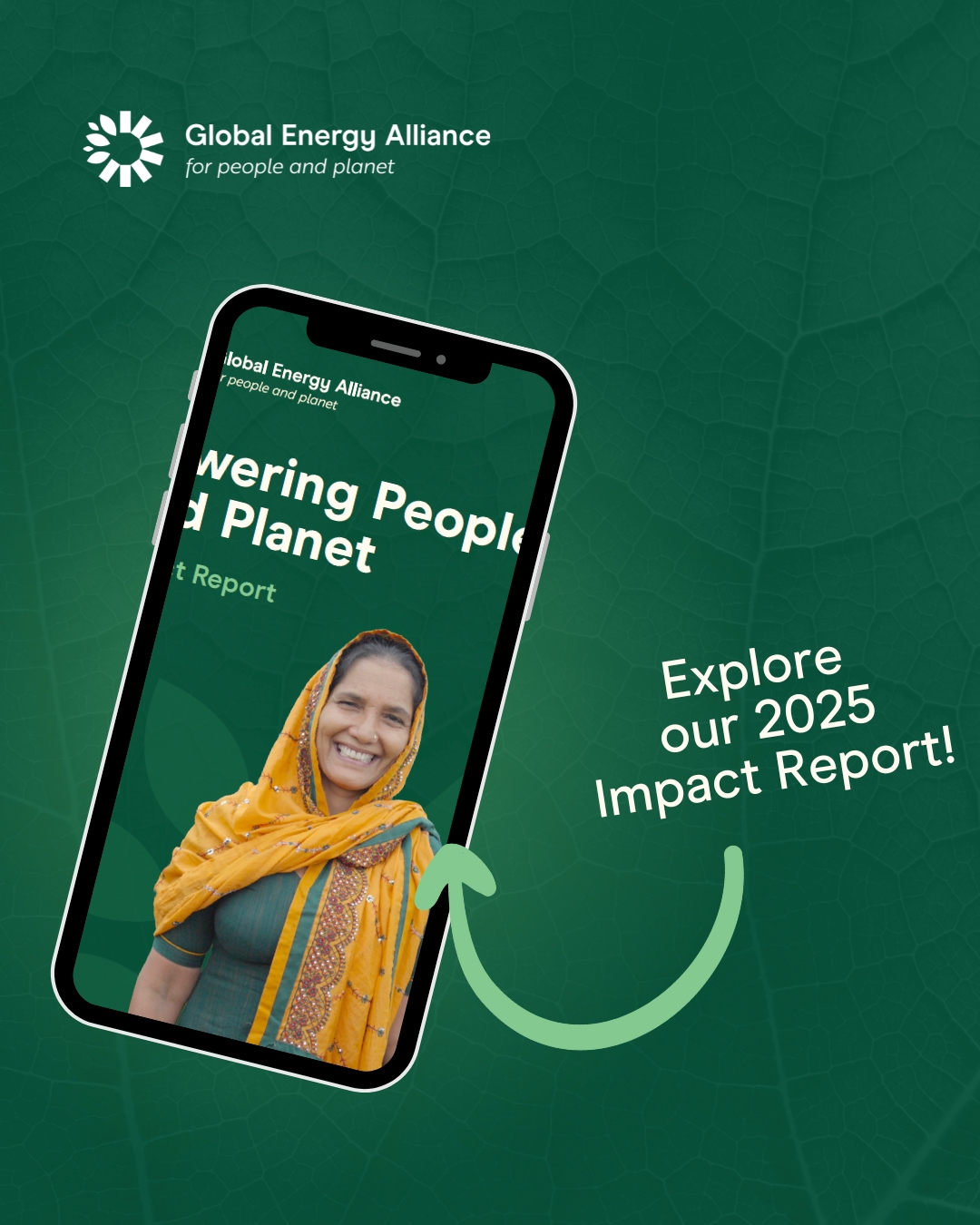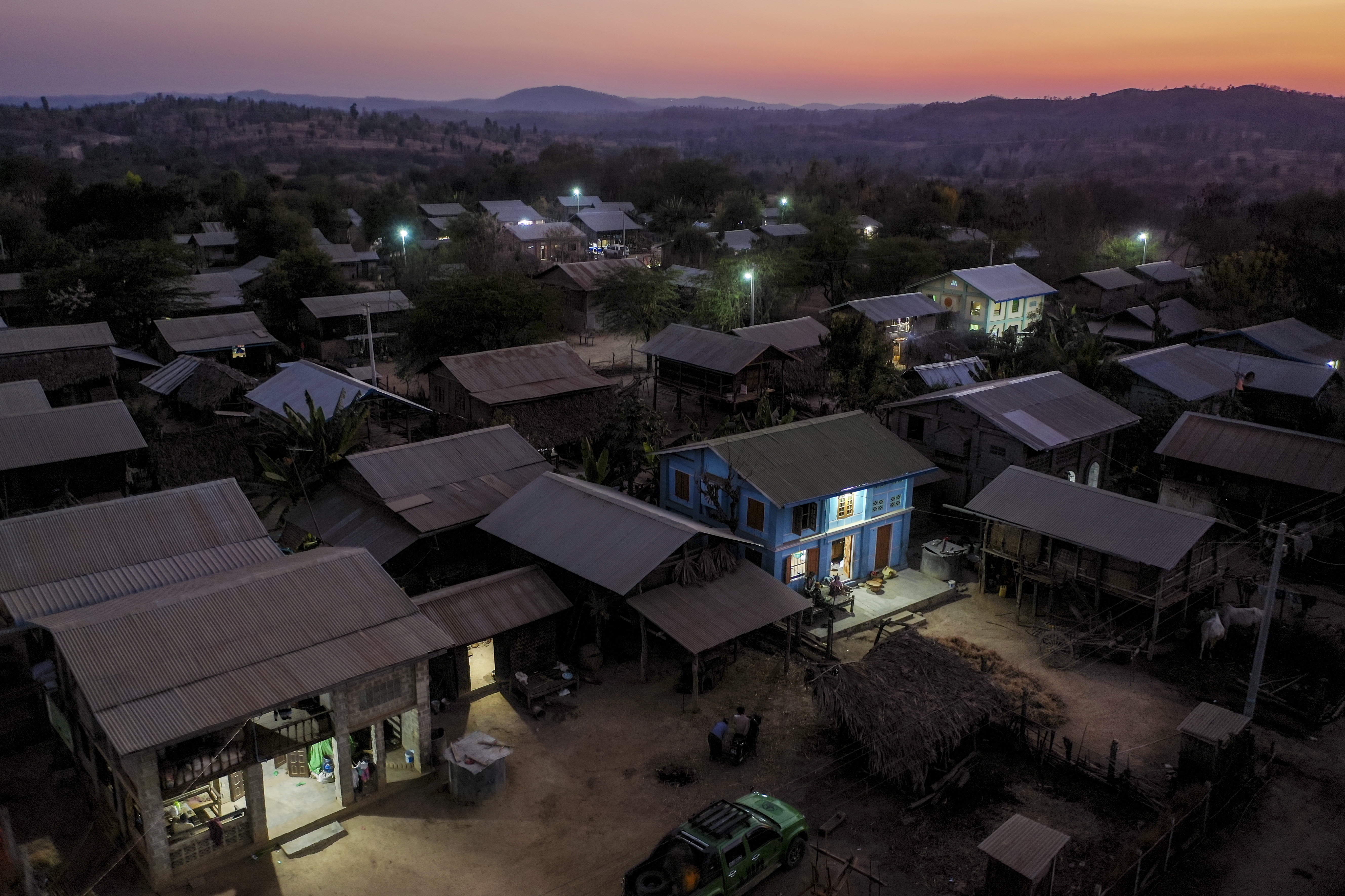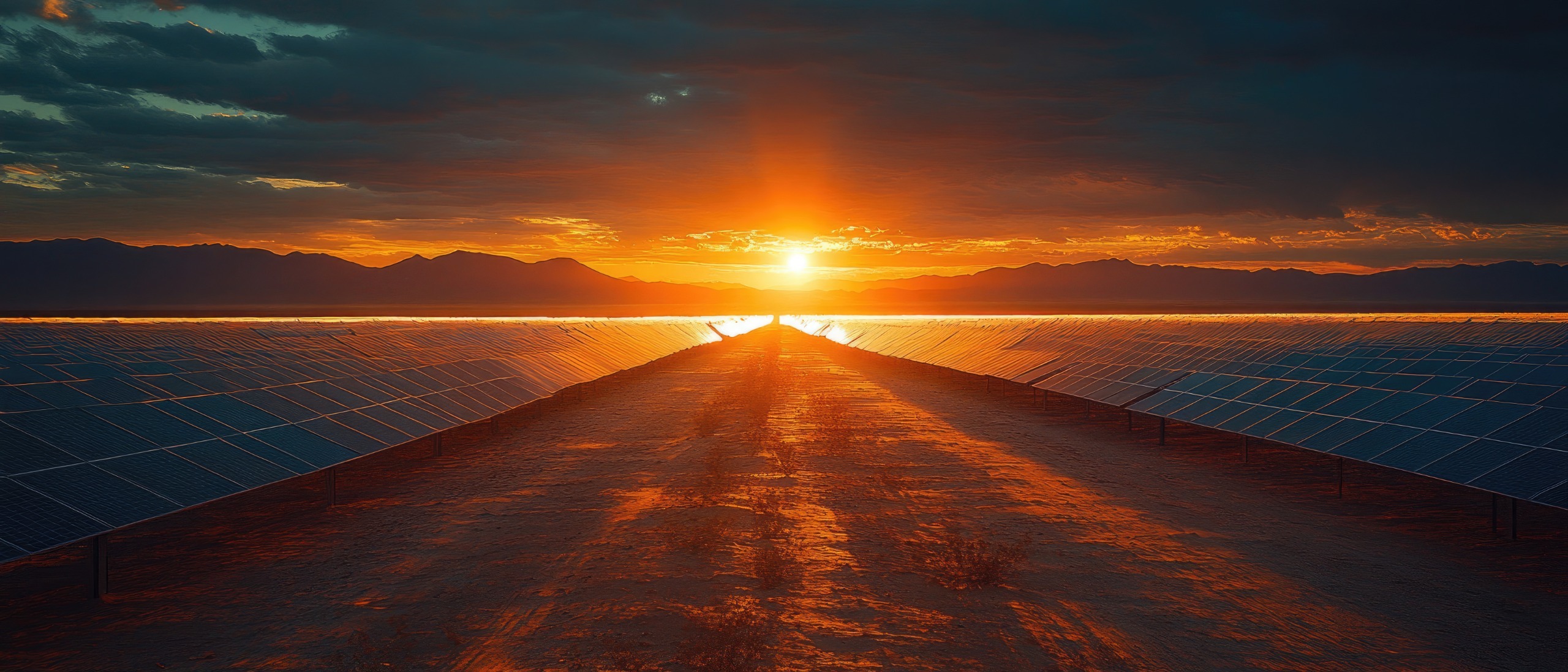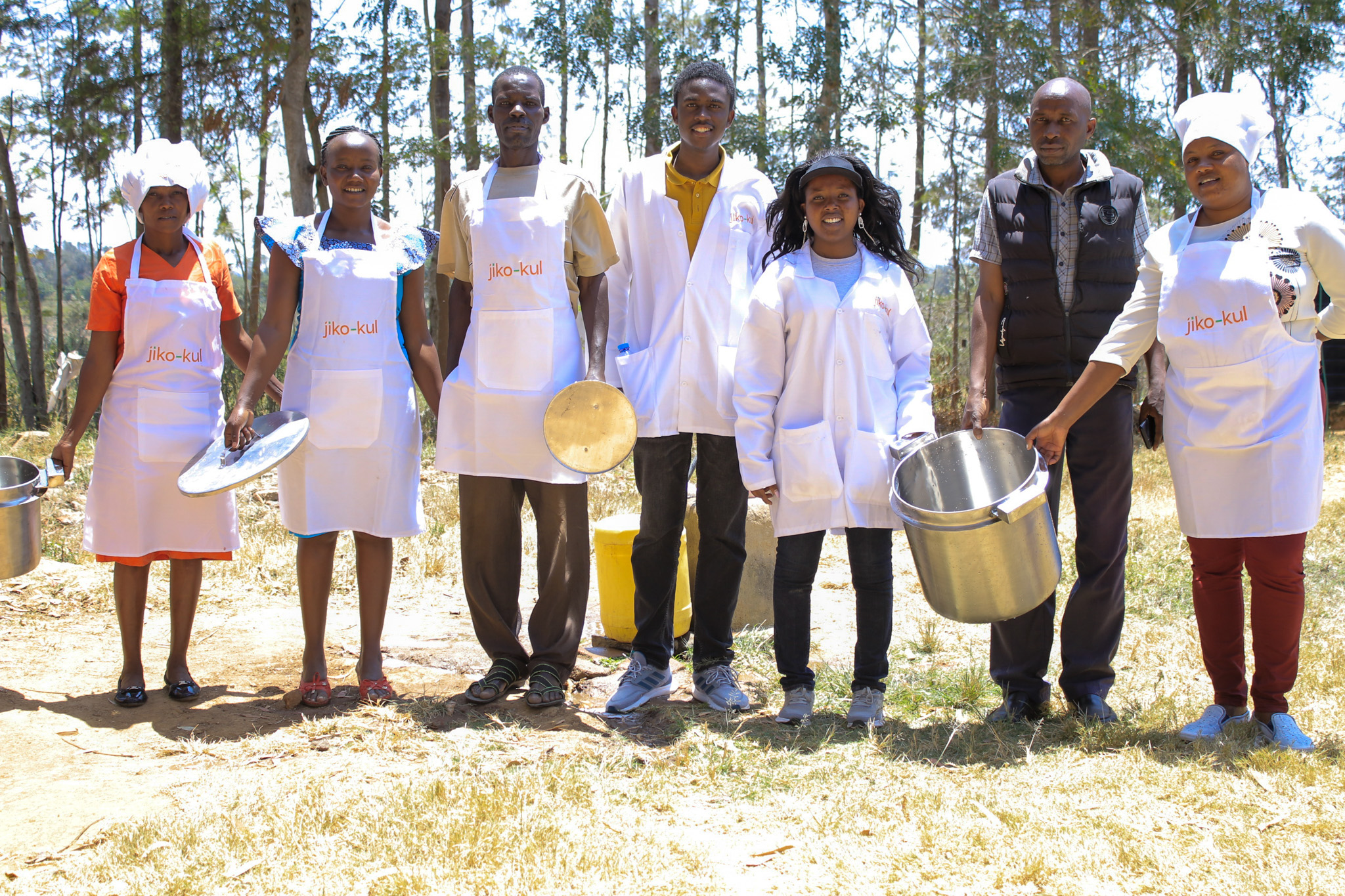The intersection of digital and green economies takes center stage

The recently concluded Mobile World Congress (MWC) 2025 in Barcelona showcased the transformative power of technology in addressing global challenges, with key themes including 5G connectivity, artificial intelligence (AI), Internet of Things (IoT), and sustainability.
The summit brought together global leaders, innovators, and policymakers to explore how digital technologies can drive sustainable development. I participated in several roundtables and was particularly inspired by the intersection of the digital and green economies, which hold immense potential to tackle energy poverty and the climate crisis, but at the same time new demand for power.
Digital Technologies as Catalysts for Green Energy Solutions
One of the key takeaways from MWC 2025 was the role of digital technologies in optimizing energy systems and expanding access to clean energy. A 2024 study from the University of Johannesburg found that AI can significantly increase energy yield, reduce operational costs, and improve grid stability.
There is a significant opportunity to support governments in achieving their net-zero targets by equipping distribution utilities with AI-driven tools and digital solutions to enhance grid management, efficiency, and renewable energy integration. For example, GEAPP’s Digitalization of Utilities for Energy Transition (DUET) initiative is a collaborative effort to explore how digital tools and AI-driven solutions can support utilities in optimizing operations, improving grid reliability, and scaling renewable energy integration.
GEAPP in collaboration with partners, is piloting DUET in India to build a digital twin of the Rajasthan grid, an area with a population of almost 80 million people, of which many are farmers. GEAPP recently held a workshop in Nigeria on Digitizing Grids, bringing together key stakeholders, including utilities, funders, knowledge partners, and technology providers, to explore AI-driven solutions for grid modernization.
Tackling E-Waste Through Digital Innovation
The rapid growth of the digital economy has brought with it the challenge of electronic waste (e-waste). According to the Global E-Waste Monitor 2024, Africa generates 2.9 million metric tons of e-waste annually, with only 1% being formally recycled.
African nations have made progress on e-waste management, with 13 countries implementing e-waste policies, legislation, or regulations, according to the Global E-waste Monitor 2020. However, the continent’s efforts remain nascent due to insufficient data for digitalizing e-waste management. Additionally, as e-waste management is primarily private sector-driven, greater collaboration with governments is essential.
Africa can learn from the European Union’s advancements in e-waste management, such as the Waste Electrical and Electronic Equipment (WEEE) Directive, which establishes collection, treatment, and recycling standards. Recently, the EU launched the Circular WEEE Platform, a dynamic marketplace connecting waste producers, collectors, and users. This platform promotes circular economy practices by integrating raw material reuse into supply chains, reducing waste, and conserving resources.
Mobilizing Green Investments Through Digital Financial Inclusion
Digital financial services are playing a pivotal role in mobilizing green investments and enabling sustainable development. In Sub-Saharan Africa, mobile money platforms like M-Pesa are facilitating access to green financing. For example, M-KOPA, a Kenyan fintech company, uses IoT and mobile payments to provide affordable solar energy to over 2 million households. This pay-as-you-go model not only reduces reliance on fossil fuels but also empowers low-income communities to transition to clean energy. GEAPP is actively supporting such innovations, recognizing that digital tools can democratize access to renewable energy and drive inclusive growth.
Blockchain technology is also emerging as a game-changer. In Kenya, the Climate Action Data Trust leverages blockchain to create transparent carbon credit markets, empowering local communities to monetize conservation efforts. GEAPP has invested in initiatives such as the Africa Carbon Markets Initiative which aims to establish Africa as a major player in carbon markets, leveraging carbon credits to attract climate finance and support sustainable development, green growth, and job creation across the continent.
The Advancement of Electric Vehicles (EVs)
A major highlight of MWC 2025 was the significant advancements in electric vehicles (EVs) showcased at the summit. As the world transitions to cleaner transportation systems, EVs are playing a central role in reducing carbon emissions.
Companies like Xiaomi and BYD showcased AI-powered EVs that optimize battery performance and energy consumption. These advancements are making EVs more efficient and affordable, particularly for emerging markets. Digital technologies are also revolutionizing EV charging infrastructure. For example, IoT-enabled smart charging stations are being deployed in cities like Nairobi and Johannesburg, allowing users to locate, reserve, and pay for charging services seamlessly.
Startups like BasiGo in Kenya are leading the charge in introducing electric buses, reducing emissions and operational costs for public transport systems. GEAPP has invested in similar initiatives through Factor E and Equator to accelerate the adoption of e-mobility solutions in developing economies.
The Energy Crisis: A Call to Action
Advancements in AI and generative AI are driving a sharp rise in electricity demand. Gartner predicts data centre growth could surge by up to 160% in the next two years, while the U.S. Department of Energy estimates global electricity use may increase by 75% by 2050, largely fueled by the tech industry’s AI ambitions. To address this, Meta recently secured 200 megawatts of solar power from Engie, expanding its renewable energy portfolio to over 12 gigawatts. Meanwhile, tech giants like Google, Amazon, and Microsoft are exploring or investing in alternative energy sources, including nuclear power, to meet growing energy needs.
To sustain AI’s rapid growth, the adoption of renewable energy must accelerate. The COP28 agreement recommends tripling global renewable power capacity and doubling energy efficiency by 2030, aiming for over 11,000 GW of renewable energy. Solar photovoltaic and wind power are expected to contribute about 90% of this capacity expansion. Achieving this ambitious target will require policies that enable rapid scaling of wind, solar, hydropower, and geothermal energy, alongside advancements in long-term energy storage and green hydrogen technologies.



